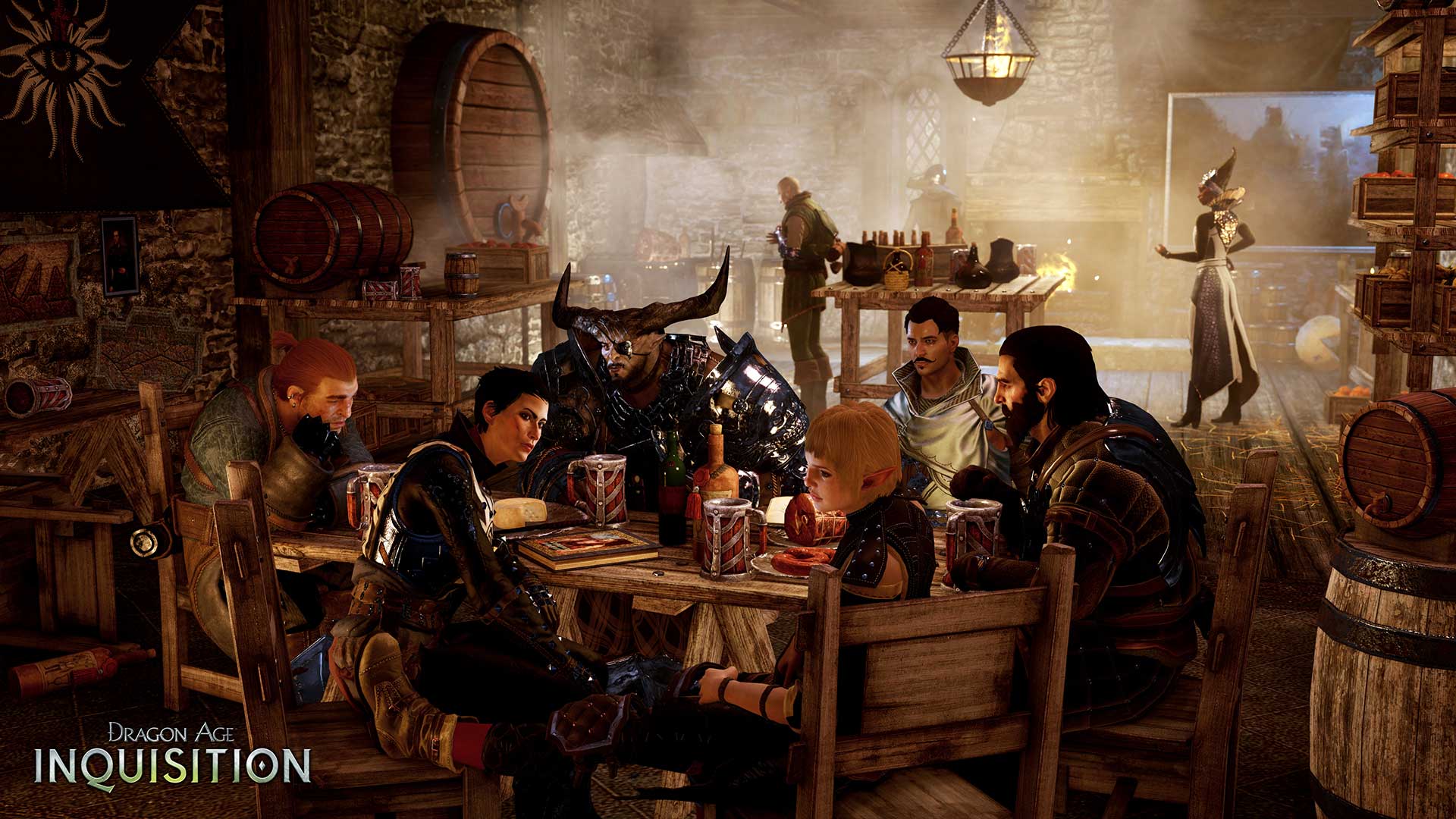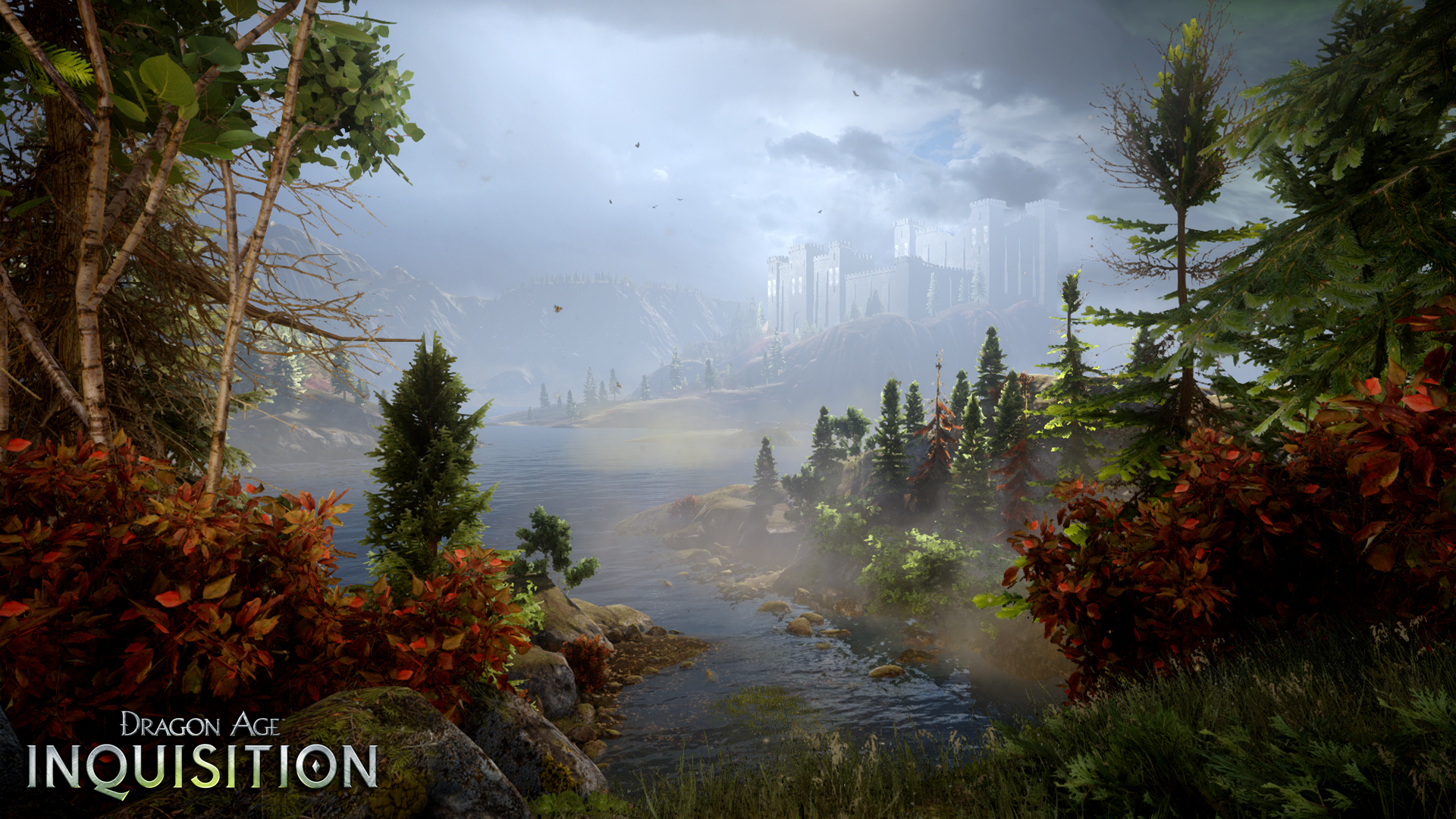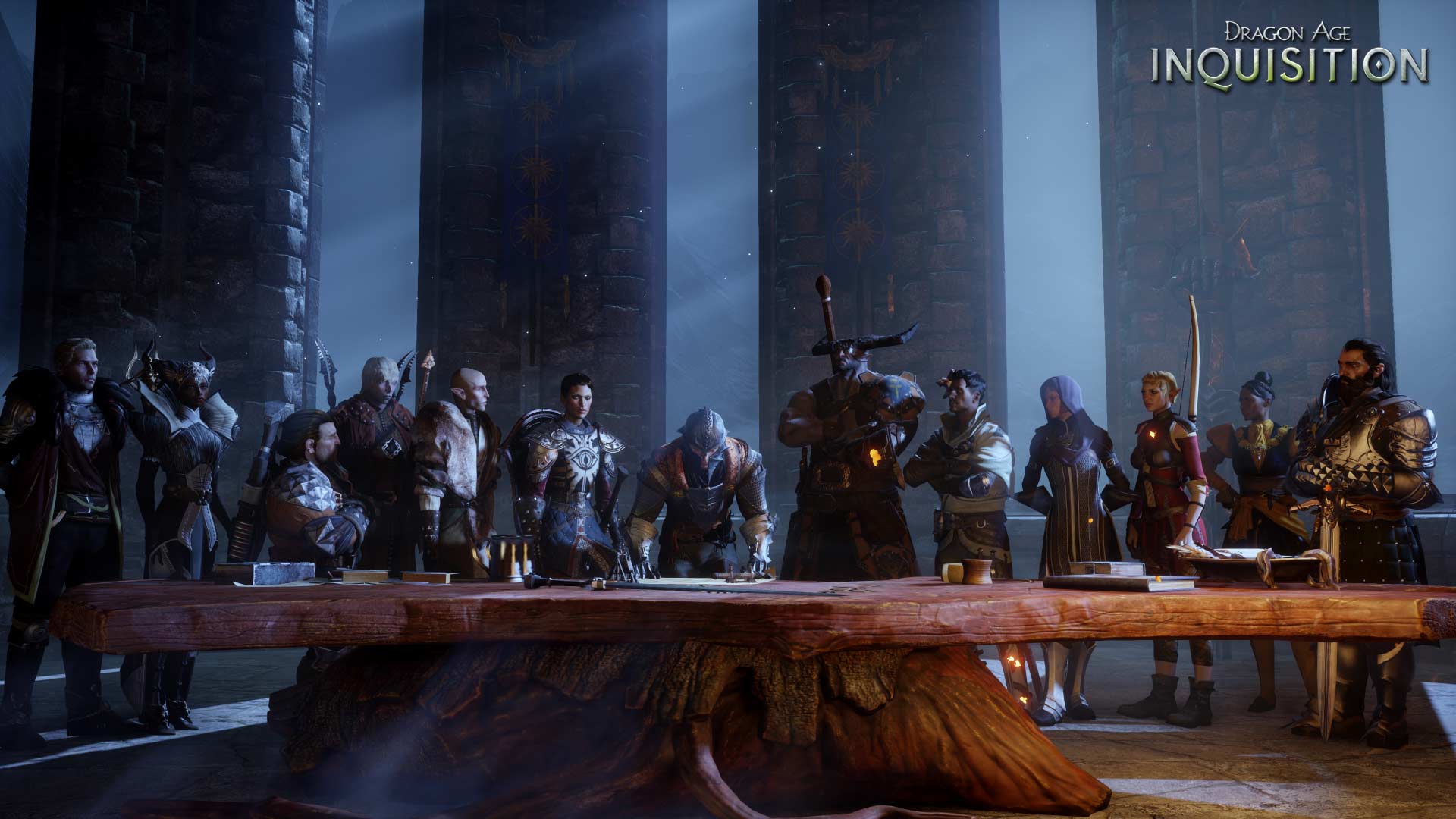 We wanted to clear up some of the confusion surrounding the banter and music systems in Dragon Age: Inquisition by giving you some insight into how they work. By now we’re sure many of you’ve seen the wide variety of supposed “fixes” out there, which range from a few simple steps to borderline blood magic. Hopefully detailing how these systems were designed to work will put a few minds at ease.
We wanted to clear up some of the confusion surrounding the banter and music systems in Dragon Age: Inquisition by giving you some insight into how they work. By now we’re sure many of you’ve seen the wide variety of supposed “fixes” out there, which range from a few simple steps to borderline blood magic. Hopefully detailing how these systems were designed to work will put a few minds at ease.
Before we get into the details, please know that we are continuing to look into player concerns on both fronts.
What follows is a quick guide to let you know what’s going on behind the scenes.
Banter
The way banter works in Inquisition is similar to what you encountered in previous Dragon Age games. As you play through missions, you will hear your party comment on the plot at specific points. However, when you are running around in the wilderness, there are additional kinds of banter at work.
We built Inquisition to be an expansive, immersive experience, giving players plenty of reasons to keep coming back, hour after hour. Part of this is the random banter that occurs in the wild. Your party may chat (or bicker) among themselves about all kinds of topics: getting to know each other, working through issues, or even just commenting on the surrounding scenery.
Behind the scenes, this is one of many ways that the game creates opportunities to experience procedural content at regular intervals. Sometimes this means combat encounters. Sometimes this means NPCs acting out ambient scenes or simply living in a space, as people will. More rarely, this means banter.
On average, you have an opportunity to hear banter every 10-15 minutes. But the frequency is largely left up to chance. It’s a lot like flips of a coin. Just because you flipped heads this time, or the previous five times, doesn’t mean you’ll flip tails next. Because of this, it’s perfectly normal to hear more or less banter at different points in the game.
The element of chance is also influenced by what you are doing and what is going on around you at any given time. How you play the game can and does affect how often you hear banter.
A number of things can interrupt banter, such as:
- A conversation starting, both simple or fully cinematic
- A level transition
- Combat
- Getting on a mount
There are also things that will prevent banter from firing entirely:
- Riding a mount
- Participating in a conversation
- Being in combat or close proximity to enemies (if you are seeing red on your mini-map, you may be blocked from hearing banter)
There are also areas where this kind of banter will not fire at all. These include Skyhold, Haven, and Val Royeaux.
It’s also possible to exhaust all of the random banter for an area or for a certain set of party members. Additional banter can be unlocked by talking to your party members, playing through their personal plots, and advancing the main story.
 Music
Music
Ambient music is unrelated to banter, but works in a similar fashion. We wanted each area to have its own unique character and flavor. When you are running around the Storm Coast, or the Hinterlands, or the Hissing Wastes, the ambient sound of animals, wind, and weather evoke a living, breathing world. In order to achieve this, we chose to use music more sparingly to occasionally enhance the mood. These brief music cues of about 10-30 seconds in length will fire on average every 1-3 minutes.
In areas like Skyhold and Val Royeaux, apart from bards or scripted plot-specific moments, there is likewise no music, as we wanted to make these spaces feel real.
You may have heard of a workaround players are using in order to get music playing in Val Royeaux and Skyhold. The only time that music should be playing in these places is during certain cinematic scenes, conversations, or at the war table. If music is playing outside of these situations, it may actually be a bug. We are currently investigating this issue.
When it comes to combat, whether or not you hear music is very much dependent on the threat you are facing. Fight a nug and all you hear is the wind—and your soul chipping away for harvesting a poor, defenseless creature. Fight a dragon, and the drums and horns kick in, underlining that what you’re doing is bad ass.
 All of these systems together are intended to give you a more immersive environment in which to play, while rewarding you for advancing the central plots and engaging with your party members. For a game the size of Inquisition, it also gives you a reason to keep coming back, ensuring you continue to have a great time long after the main plot is done.
All of these systems together are intended to give you a more immersive environment in which to play, while rewarding you for advancing the central plots and engaging with your party members. For a game the size of Inquisition, it also gives you a reason to keep coming back, ensuring you continue to have a great time long after the main plot is done.
We are continuing to look into player concerns about the banter and music systems, and have reached out to several members of the community to learn more about their particular experiences. We’re also looking into how we might reduce any perceived disparity between what you and your friends are hearing.
We appreciate all of the feedback that’s been provided on this and will continue working to ensure your time in Thedas is as fun and rewarding as possible.
